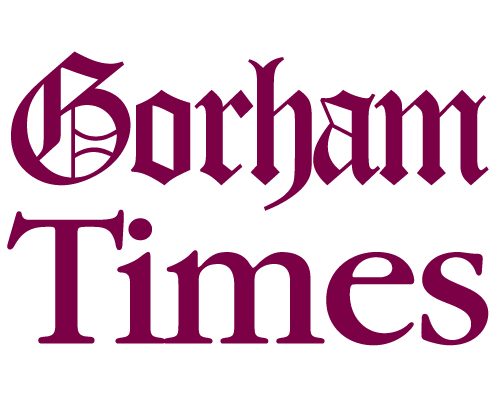The Gorham School Committee met on February 24 to address the question of how the hybrid method of learning is working for Gorham students, and to consider the implications for the rest of the school year, summer, and fall. Principals from each of the five schools presented an overview of how their students are progressing academically, as well as socially and emotionally.
Data across all five schools show there is little difference in student attendance this year over the 2019-20 school year. The number of students needing support services has not increased, although some of their social and emotional needs have intensified. Proficiency in course content is also about the same. However, data also indicates that while students are learning and retaining the essential skills being taught in the hybrid model, many teachers are only able to cover between 50% to 90% of the curriculum and in a few cases less. “These gaps are not alarming,” Superintendent Heather Perry said at the meeting, “and will be able to be mitigated through additional support programs and regular instructional practices over time.”
There was optimism that there will be faster progress this spring. The district is making plans to help K-8 students and their parents over the summer by permitting all students to keep devices and providing licenses for appropriate curriculum programs.
There will be three weeks of classwork at the end of the school year for some K-8 students with independent learning plans and a six-week session for ten students from each grade who are most in need of additional instruction. In response to questions from the School Committee, Perry agreed to look into modifications in the hybrid requirements that might be possible this spring, but she said, “in the fall teachers will meet students where they are and work to get them where we want them to be.”
Principals of the three elementary schools, Becky Fortier, Cynthia Remick, and Brian Porter, said that both teachers and students are benefiting from the smaller classes. They can give more individual instruction and identify problems earlier. Students have fewer behavior issues. Teachers are able to give formative assessment more frequently and because of the Friday meeting schedule they are more present in class. However, teachers have been able to cover more content in reading than they have in math. Remote learning can be difficult for some elementary students, and teachers are getting to know families better as they work out challenges. They report that students are comfortable with the routines required by Covid restrictions.
Quinton Donahue, principal of Gorham Middle School, also reported that there was little difference in attendance and proficiency data from 2019-20 but said teachers are covering less material. Responses from 42 teachers indicated that 48% were able to cover 75% to 90% of what they would have in a typical year, 33% said they covered between 50% and 75% of the material and 19% said they covered less that 50%. Teachers of social studies said that they needed more class time for in-depth learning. In addition to identifying students for summer support, some of the issues Donahue said they were working on were maximizing learning labs and focusing on transitions from fifth grade to middle school and from GMS to GHS.
At Gorham High School, students are taking eight year-long courses by taking four in the fall and four in the spring. According to Principal Brian Jandreau, attendance is the same or better than last year with fewer chronic absences. One-half of teachers say they are covering 75% to 90% of the curriculum, 42% are covering 50% to 75%, and 9% are teaching 90% to 100% of their material. None are covering less than 50%. Failure rates are down. Ninth grade teachers are talking with tenth grade teachers to identify and adjust for curriculum gaps and working with students to identify opportunities for credit recovery.


